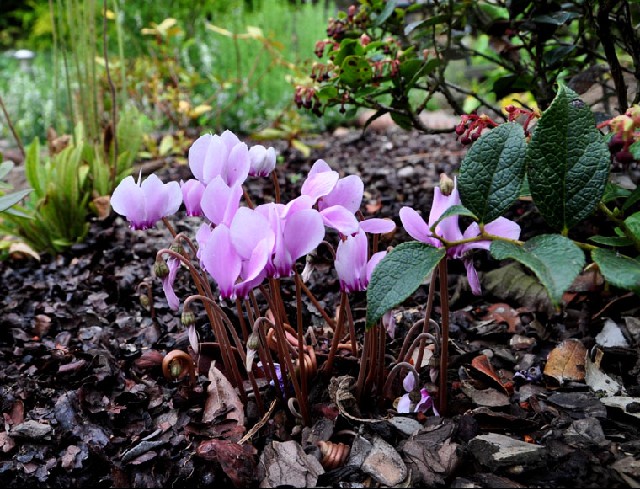Diary Entry No 45 - More seed collecting
Seed collecting continues and my little plastic containers gradually fill up.
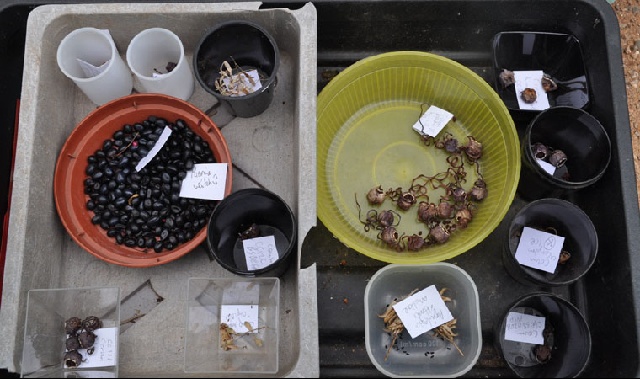
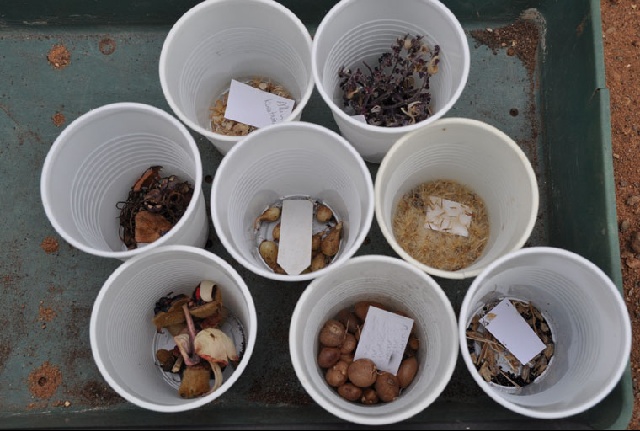
When the seed pods are removed from the plant, they continue to ripen and the casing dries, releasing the seed. This makes cleaning the chaff from the seed easier in many situations.
Cyclamen coum seed pods:
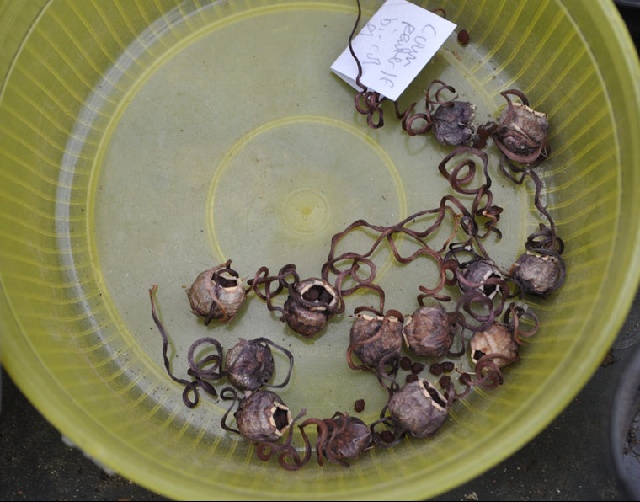
Aquilegia ottonis seed pods:
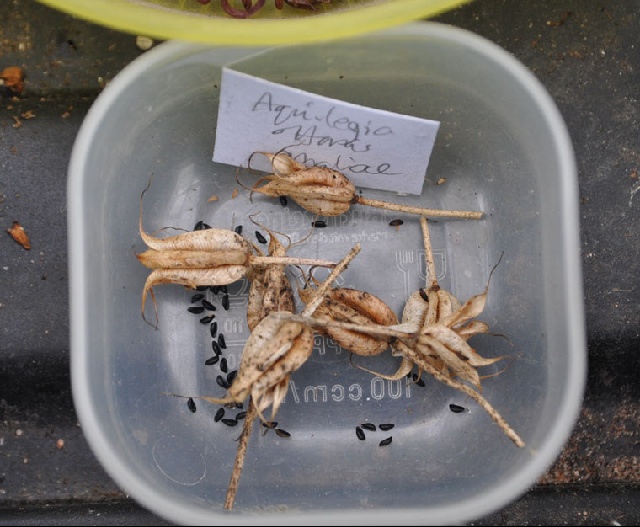
Celmisia gracilenta seed heads:
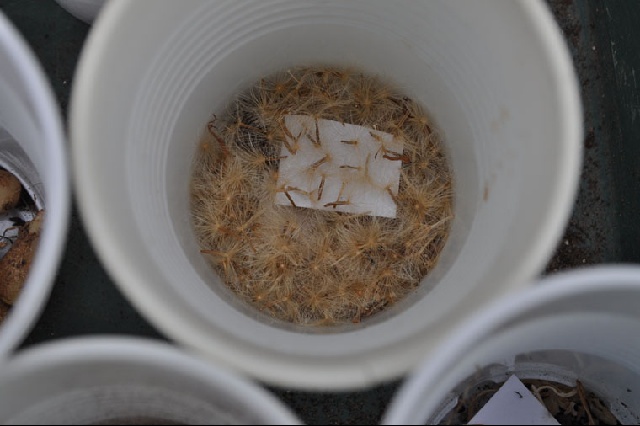
As the seed ripens and when it is dry, I transfer the seed to small brown manilla envelopes of the size sold for school dinner money. These envelopes allow further drying if necessary and in time I clean the seed of chaff and the cleaned seed is put into the glassine envelopes ready to send in to the seed exchange (the glassine envelopes are available to buy from Pershore). The plastic pots are then released for the next seed as it ripens in the garden or greenhouse.
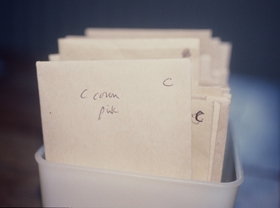
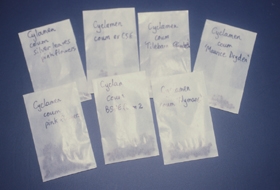
Most years, paeonia seed pods swell out, but within the pods are large numbers of non-fertilised luminous-red shells. I’m pleased to see that this year there has been good viable seed produced by several species. Sometimes the seed will ripen on the plant, and then there is a danger of losing it. This is Paeonia veitchii, the two parent plants here were grown from AGS seed a few years ago. The pods are quite hairy and are divided into two or three sections.

I prefer to take the pods from the plant when they just start to split and there is less danger of losing the seed
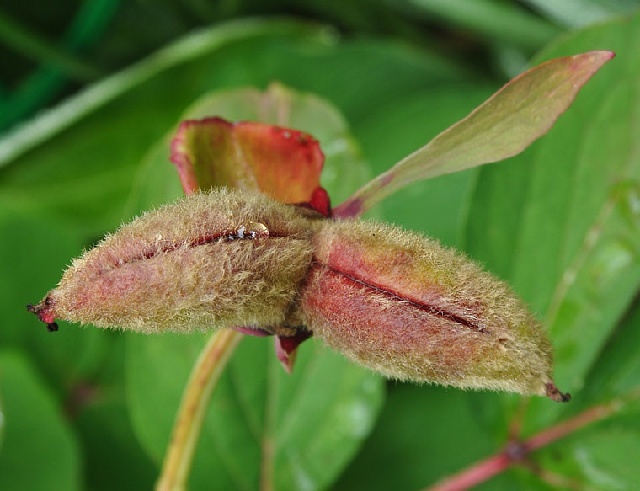
They can be put on an open tray to finish ripening
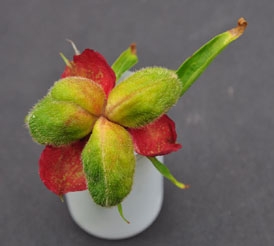
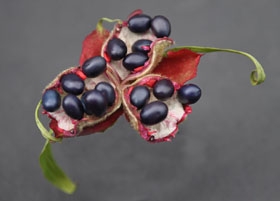
Here is the crop of P veitchii seed
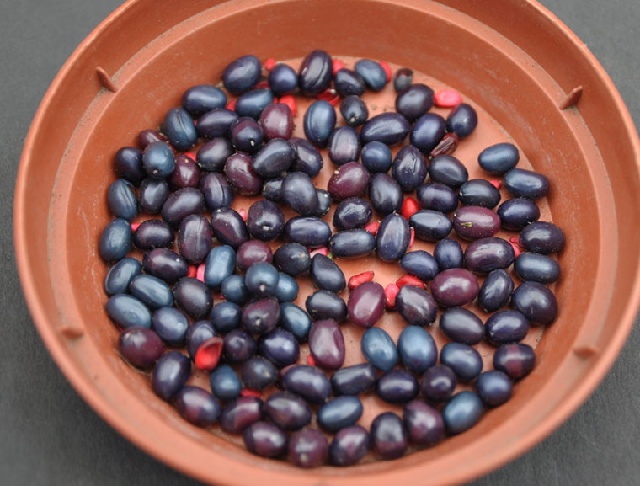
Other paeonia seed currently on the point of ripening includes P mlokosewitchii and P obovata. The former has pods with two or three sections which have a covering of short bristly hairs.
Paeonia mlokosewitchii seed pods:
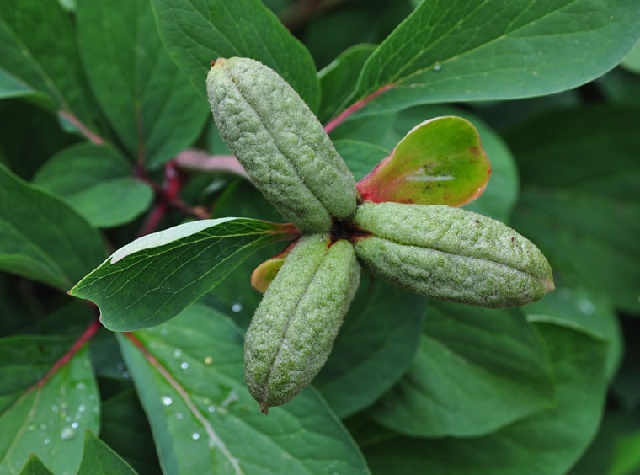
P obovata has a five section smooth fruit that always reminds me of a jester’s hat. The leaves start to take on autumn tints in August before they drop.
Paeonia obovata seed pods:
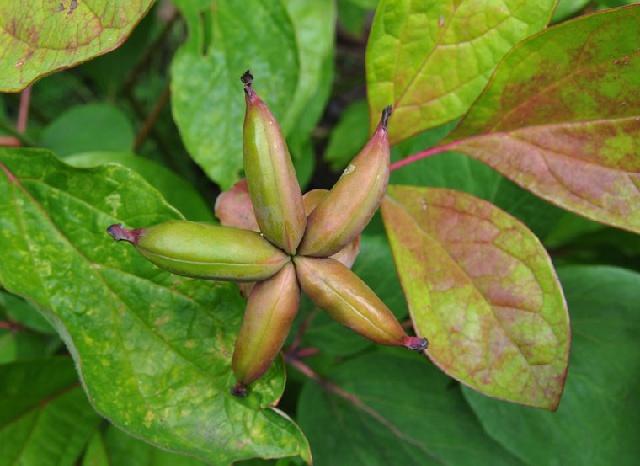
Seed from the mandrake
A strange sight in our garden are these tomato-like fruits of Mandragora officinalis. Last year I removed them at the green stage and ripened them indoors, but they have an odd smell and this year I thought that I would allow nature to do the ripening if possible. I will need to catch these before they split or I will have seedlings in the gravel. The parent plant was grown from AGS seed several years ago.
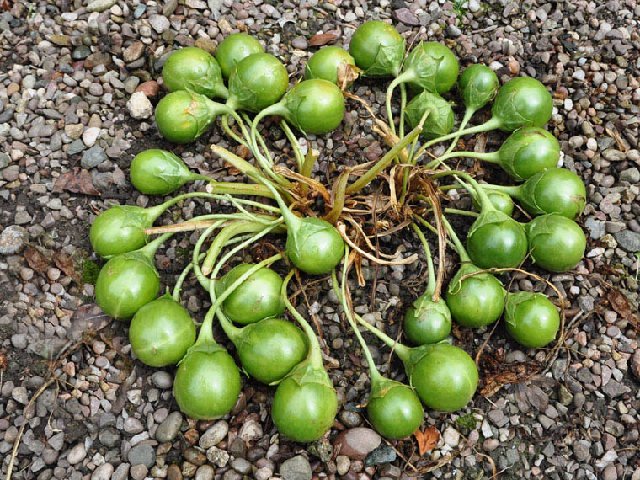
Also producing seed in the garden is Dryas octopetala
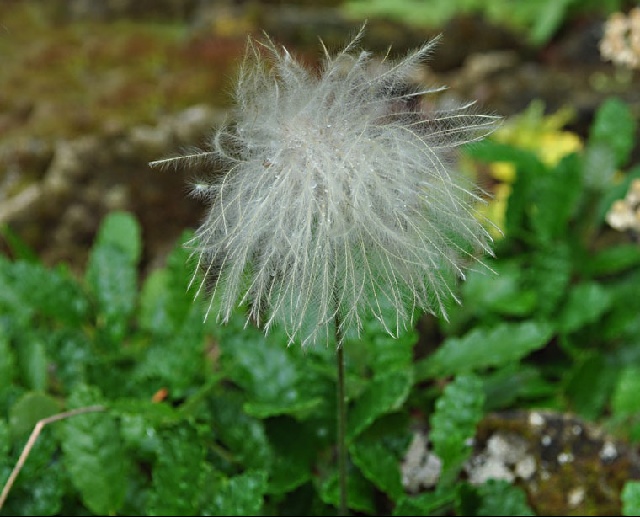
and Trillium sulcatum
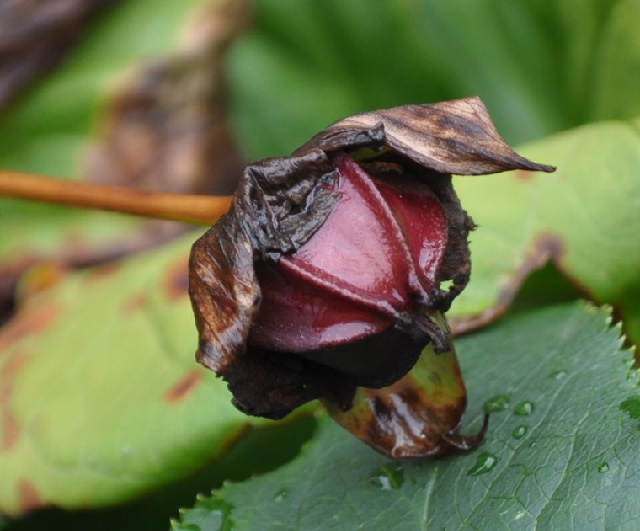
A pink dandelion
The most spectacular plant in the garden at the moment is Crepis incana (looking for all the world like a pink dandelion). The plant is in the crevice garden and is getting rather large for the situation, but I don’t think there is anything I can do about it except enjoy it! It is said that it does not produce viable seed in our UK climate (has anyone proved the exception to this rule?)
A week ago the plant had many buds
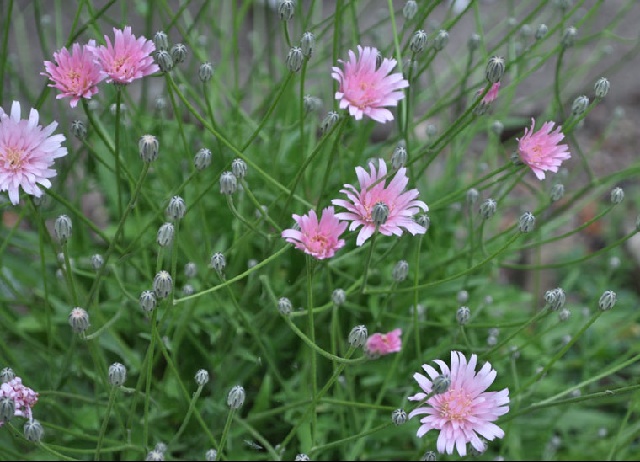
which have continued to open
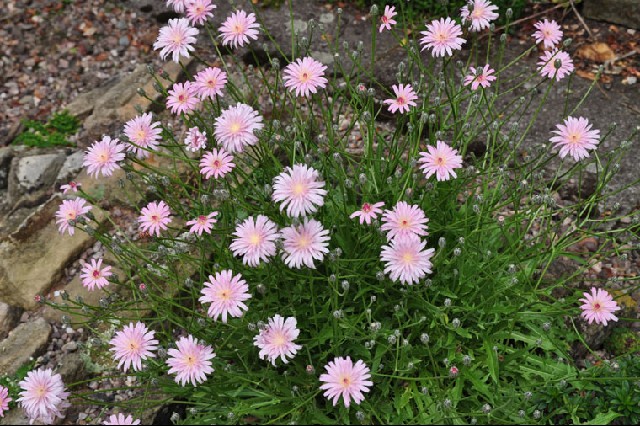
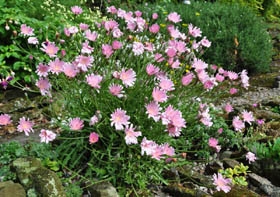
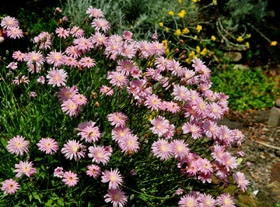
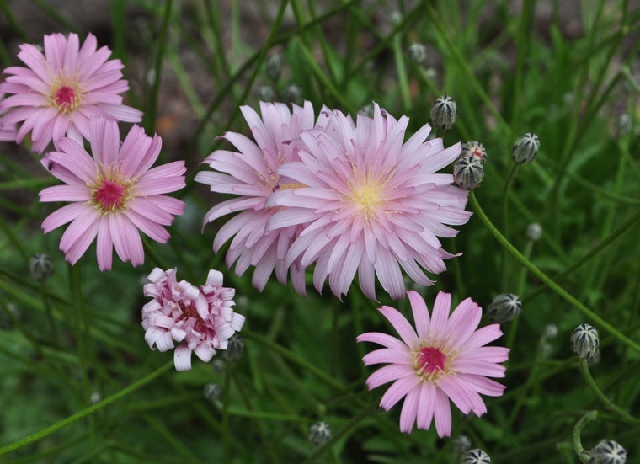
Also currently flowering in the crevice garden, is Pterocephalus perennis
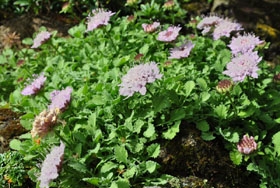
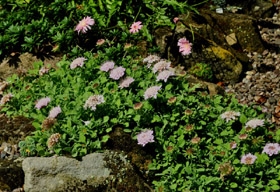
First sign of autumn
Most people think of Cyclamen hederifolium as an autumn flowering plant. In our shady damp garden, it usually starts into flower in early July. I’m very accurate in predicting the first flower. I wait for a heavy spell of rain in late June, then count between 10 and 14 days. True to tradition, this year the rain came on 24th June, Cyclamen hederifolium started into flower 13 days later, on 7th July. Here it is, a couple of weeks later
